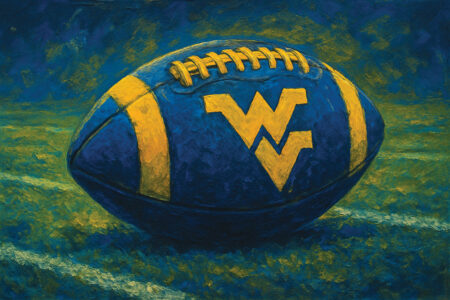Look Back: Have you ever wondered…?

This ad appeared in the November 1928 issue of the Good Housekeeping magazine. (Image Provided)
Have You Ever Thought About Toilet Paper?
Long before the product that George Whipple cautioned us “not to squeeze” (the Charmin) was introduced, various means of accomplishing this unspoked of task were employed.
The first documented making and use of paper for this specific purpose, dates to the 14th century in China, where emperors had the material made in 2 foot by 3-foot sheets. It is unlikely that it was as soft as Charmin, or perforated! Could playing with these large sheets have been the origin of origami?
What was used before T-P?
It is reported that ancient Greeks used stones and pieces of clay. The more advanced Romans used sponges, attached to the ends of sticks. This “tool” was kept in a nearby jug of salty water.
Though it is often the “butt-of-jokes” (pun intended), the corncob was cheap, plentiful and actually USED! How about the “Rears and Sorebutt” catalog? The order sheets were probably the first sheets USED, at least by the men. Did you ever wonder why the old Farmer’s Almanac had a hole in the corner? There was always a nail within sitting reach to hang it on! It too was USED!
1857 Should Be Revered for it was then that the first packaged toilet tissue was produced in the United States. Created by Joseph Gayetty of New York, the pre-moistened flat sheets were medicated with aloe. Called – Gayetty’s Medicated Paper, his name was printed on every sheet.
It was in the early 1880s that the rolled and perforated paper that we use today was available, although it was not “splinter free.” OUCH! It wasn’t until 1935 that Northern Tissue advertised their product as being “splinter free!” A two-ply product was introduced in 1942.
The issue of “toilet paper” was so sensitive in the 1870s, that the Scott paper company wouldn’t even attach their name to it. Instead they used the names of their customers. Do you recall seeing the name “Waldorf” on packaged toilet tissue? One of the Scott’s Company’s biggest customers was the Waldorf Hotel.
Have You Used Your Flashlight Lately? Are you sure? Chances are you’ve never used a “flashlight!”
What we still today call a “flashlight” was first patented in 1899, after the creation of the dry cell battery in 1896. That early light had two flaws. One was that the bulb that was used was made of a carbon filament which tended to “rest” after short intervals. The other problem was that the recently created battery could not provide a steady electric current; it too, required frequent periods of rest. Basically, it only provided “flashes” of light. Thus the term, “flash-light.”
Have You Ever Experienced a “Windfall?”
You will often come across the word “windfall” in your reading, meaning an unexpected piece of good fortune. The origin of this word is interesting. Some of the nobility of England, by the terms under which they were allowed to hold their estates, were forbidden to cut down any of the trees that grew there, the timber of the forest being reserved for use of the navy in construction of vessels. But, if a heavy wind blew a tree down, the owner of the estate could use the timber so acquired for his benefit and profit; hence the term “windfall,” which became common and finally entered into the English language.
The above items were taken from page 8 of the Jan-Feb-March 2012 issue of History & Preservation, newsletter of the Wood County Historical and Preservation Society. Would you like to receive a complimentary newsletter? Contact me.
***
Bob Enoch is president of the Wood County Historical and Preservation Society. If you have comments or questions about Look Back items, please contact him at: roberteenoch@gmail.com, or by mail at WCHPS, PO Box 565, Parkersburg, WV 26102.






